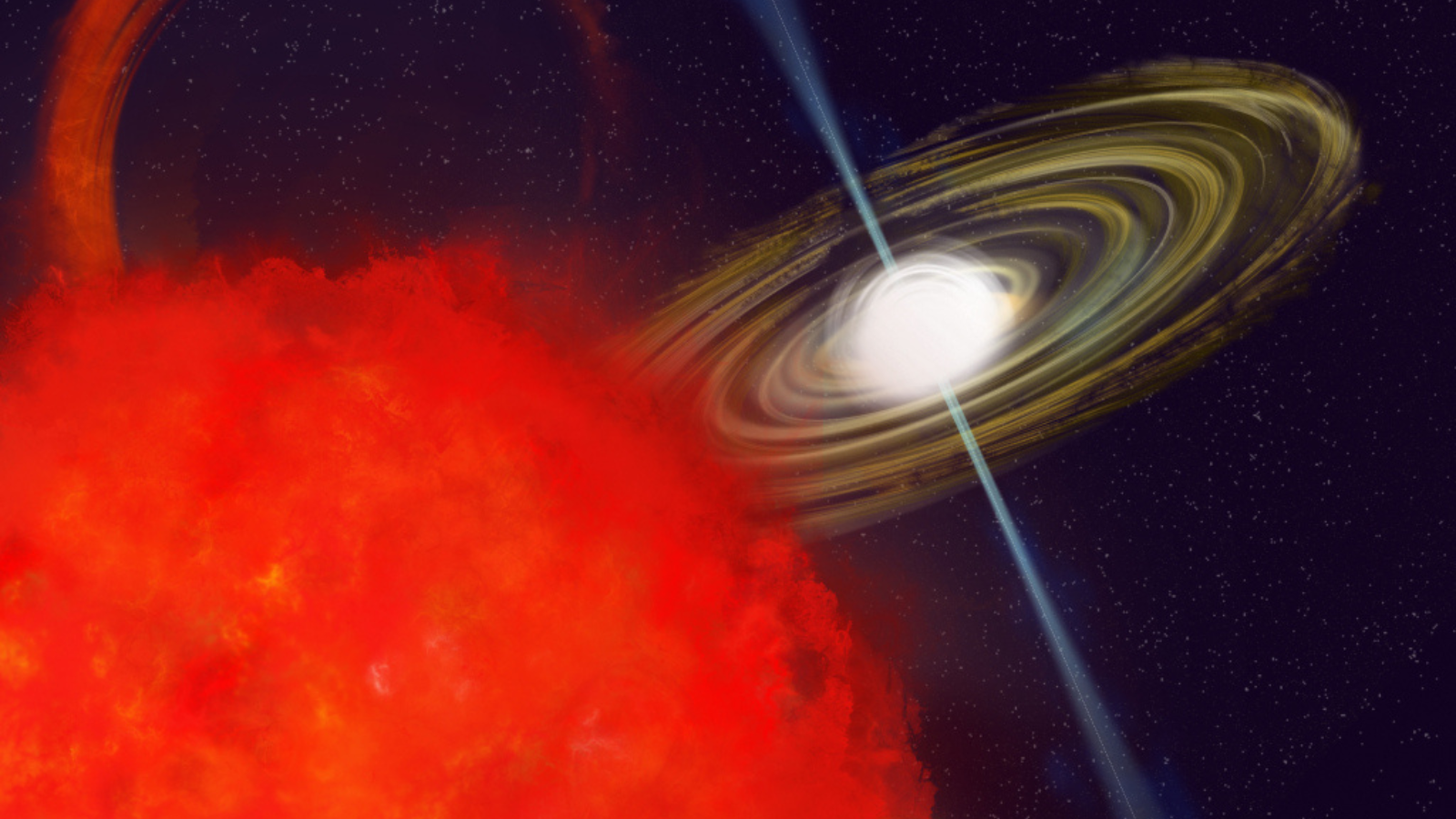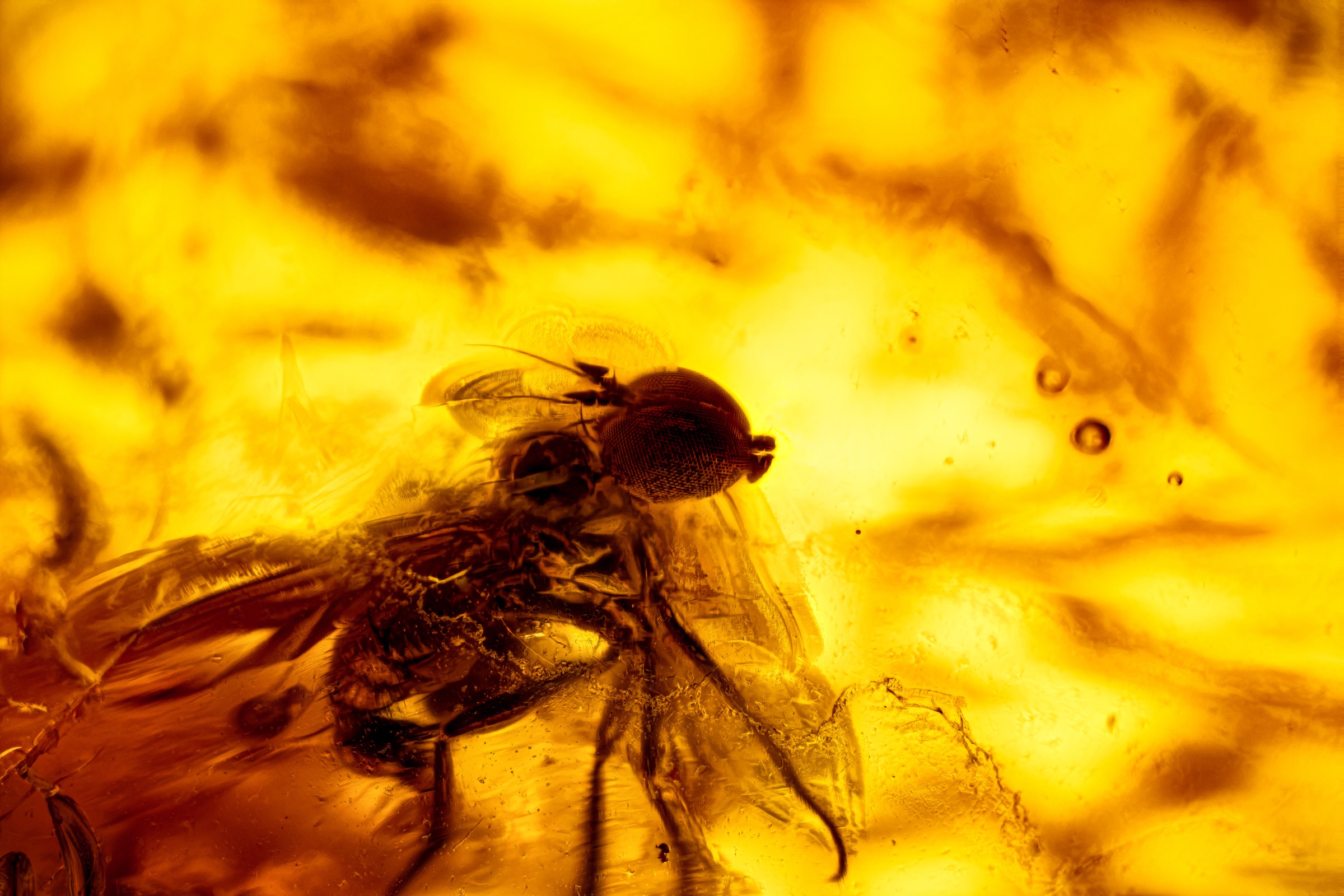Forget Rockets: How a Simple Paper Plane Could Save Our Planet from Space Junk!

Can you believe that a simple paper plane might hold the key to solving the overwhelming problem of space debris? Yes, you heard that right! Scientists in Japan are exploring a groundbreaking solution that may revolutionize how we think about spacecraft and our environment. A team from the University of Tokyo has created a paper plane made from an A4 sheet and simulated its flight from the International Space Station (ISS). The revelation was shocking enough to be published in the journal Acta Astronautica, and it’s stirring excitement across the scientific community.
Space is becoming increasingly crowded with debris, and traditional spacecraft made of metals often leave remnants that harm the ozone layer when they reenter Earth's atmosphere. But what if we could use something as simple and sustainable as paper? The researchers believe that by incorporating origami techniques, we can create structures that not only minimize environmental impact but potentially burn up harmlessly upon reentry.
The experiment involved crafting a paper plane with an aluminium tail and placing it in a wind tunnel to understand its behavior in space. The genius of this design lay in the folding of the paper, which shifted the center of mass and ensured aerodynamic stability. However, the researchers admit that while their paper plane has never flown in space, the dynamics might differ significantly from those of a conventional origami plane.
In the simulation, the paper plane was launched from the ISS at an altitude of 400 kilometers and an astonishing speed of 17,448 miles per hour. Initially, it glided smoothly through the thin atmosphere but began to tumble uncontrollably at a lower altitude of 120 kilometers. This was expected, as the paper would face severe aerodynamic heating and likely disintegrate between 90 to 110 kilometers.
To further test its durability, the researchers subjected a physical model of the paper plane to Mach 7 speeds in a high-enthalpy wind tunnel. The results were impressive; while the nose bent and wings charred, it held together — for a while. However, there’s a catch: not all missions can rely solely on a paper spacecraft. While it could serve as a passive probe to measure atmospheric density or facilitate low-cost, short-duration missions, its limitations mean it can’t replace traditional spacecraft entirely.
In a world grappling with climate change and environmental threats, this quirky invention serves as a reminder that sometimes the simplest solutions can be the most innovative. Who knew that something as humble as a paper plane could fly us closer to a more sustainable future in space?


















